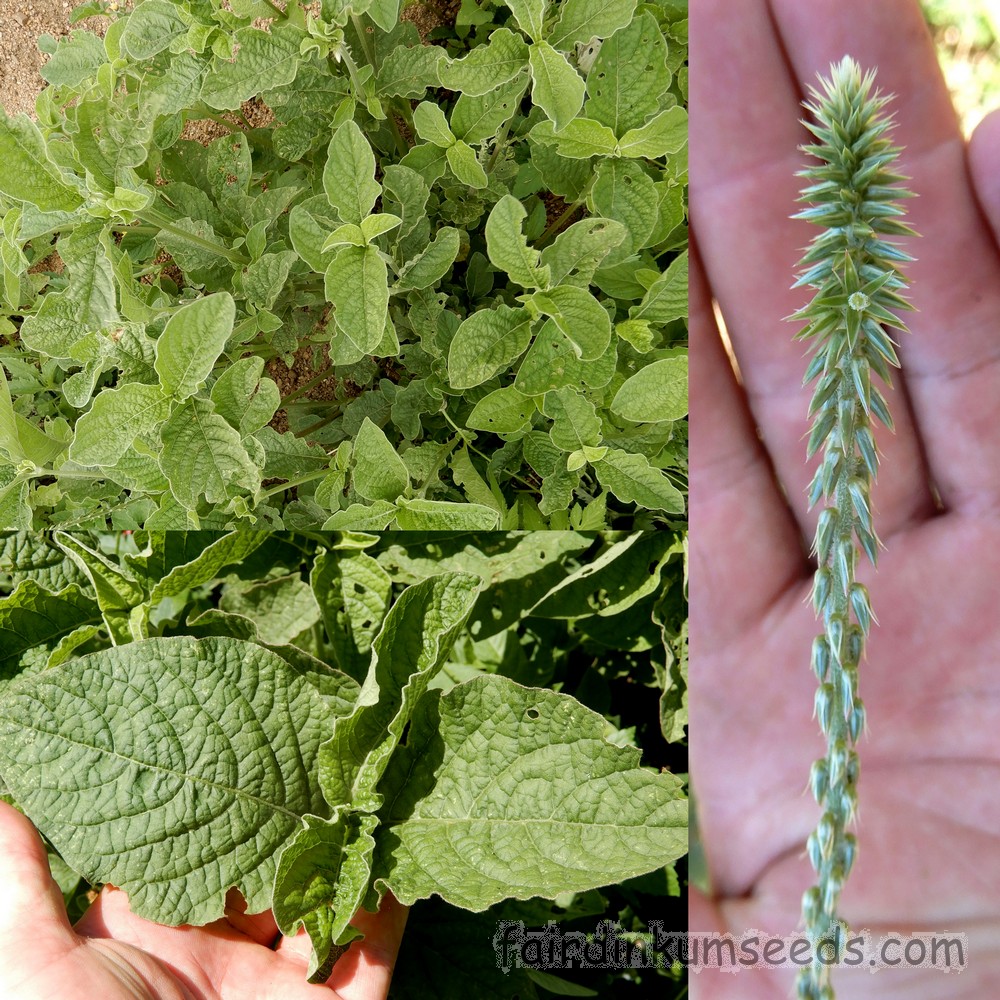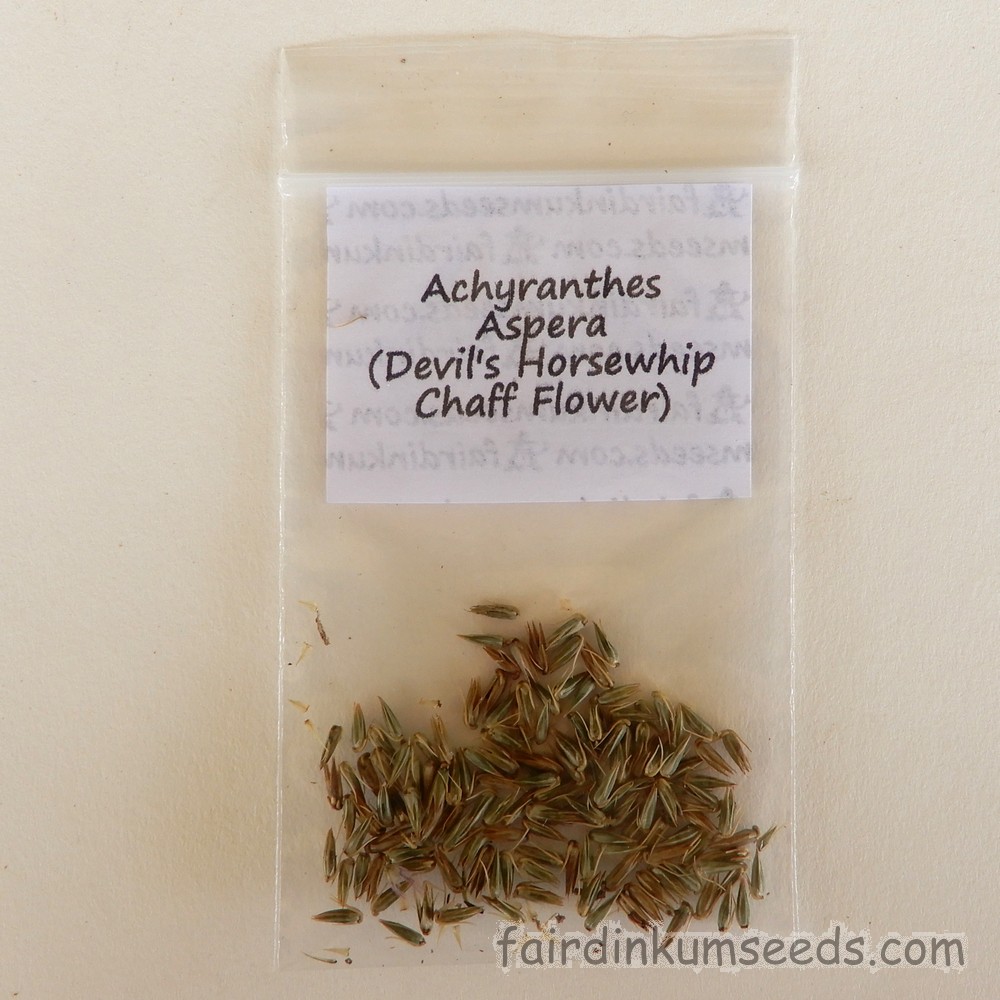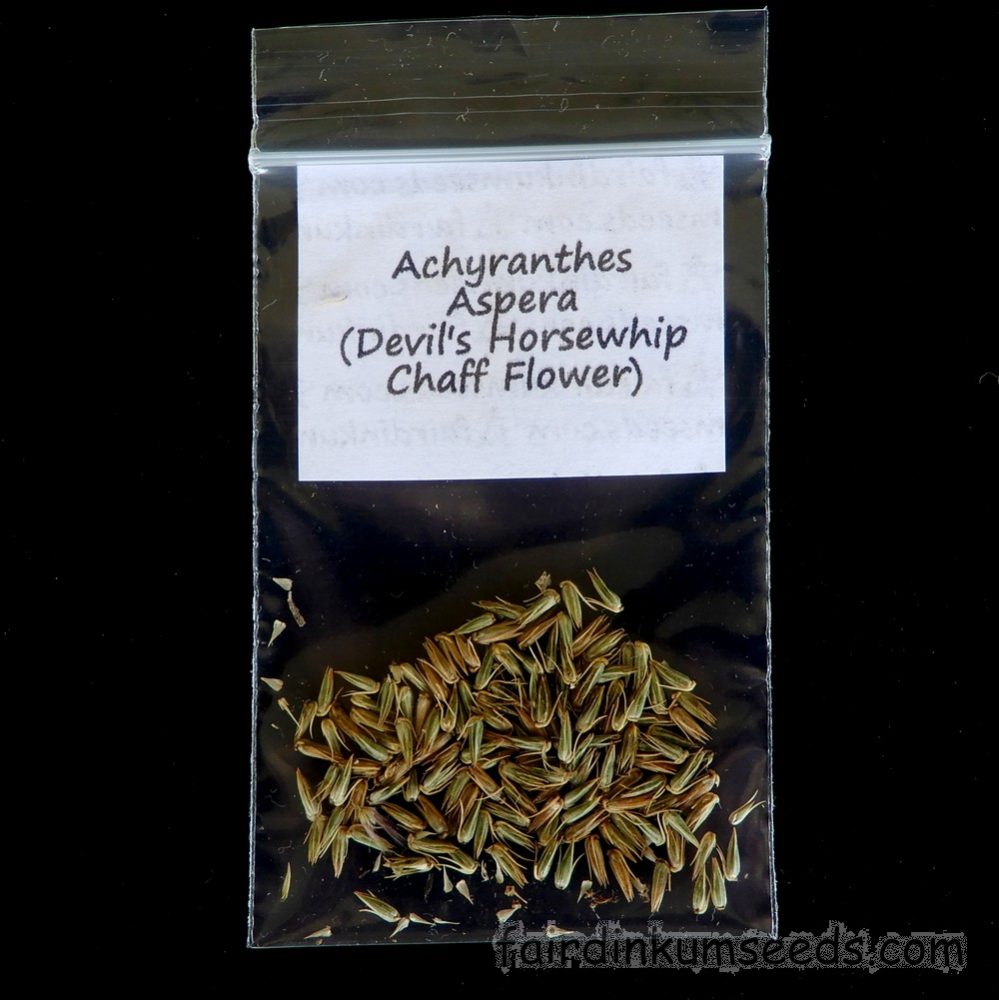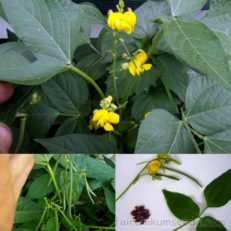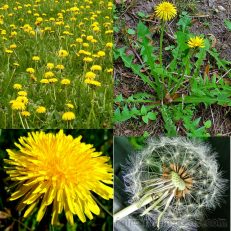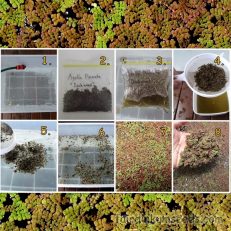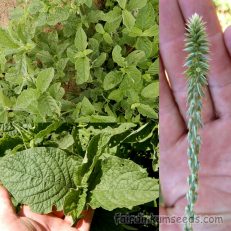Please read text!
Achyranthes Aspera Devil’s Horsewhip Chaff Flower Seeds
Packet of 50+ home grown organic seeds!
This local bushtucker and medicinal species is a bit of a new one to me, but I have to say, I’m a big fan.
I have only been growing it for a few generations now, but it has definitely made itself a place in the permanent collection!
I like the general look of it with the large soft furry leaves, and later really distinctive angry looking pointy flower spike. Every clump is jam packed with wildlife too making it a great reveg option, at least in my opinion.
It grows super easy and quite fast too, with pretty much every seed popping within the month for me here.
It’s a big plant that likes to clump like a large lemongrass sort of thing.
In the wild during the dry times all the plants are just thick stumps about an inch long with every single leaf eaten by the roos and wildlife.
It seems they can survive for ages like that, maybe years by the look of things, with a really heavy pruning from the hungry wildlife every couple days for months on end.
During the wet and/or if in a semi-protected area they are great big clumps ~1.5m square, thick with leaves and later on flower spikes protruding from the top.
The flower spike is actually covered in hundred of individual flowers, and each one opens consecutively starting at the bottom.
Once pollinated the individual flower closes and folds backwards like a barb on a spear or fishhook.
If you are foolish enough to run you hand along the spike, these backwards facing barbs detach from the mother plants with a seed attached and the idea is that you then carry the seed somewhere else.
They look a lot more malicious than they are, but even so it’s a mistake you won’t make twice.
This tangled mass of flower spikes is always hiding a huge array of tiny birds.
Quail, finches, doves, always something in there to bust out at the last second and scare the crap out of me.
The tangled mas of flower spikes is designed to deter grazing animals, and they also have a chemical that interferes with the way insects like grasshoppers moult their skins.
In practice neither is method is 100% effective and I hardly ever see a plant in the bush that is completely ungrazed by something.
They just taste too good I guess?
Anyway, the flowers turn to seeds, and these fall it a circle around the base of the plant so there is pretty much a continual supply leaf growth and new shoots radiating out from the middle.
The leaves are “used as a substitute for spinach” but in my opinion they taste way better, more like kale or broccoli, and I would rather them than spinach taste wise any day.
Grown on a large scale as a food crop in rural China, I would be very surprised if they were not just as high in iron and foliate as the more common Brassica species.
That said I have not been able to find an exact nutritional profile for this species, and for that reason, and it’s vast array of medicinal properties, I only eat it in moderation, despite being really delicious.
I eat a small handful of fully fried or boiled leaves every now and then, and I personally treat it like just another leafy green, but if you decide to eat this plant it is important that you understand how you react to it, may be different to me.
I better clarify that I don’t recommend you eat it or anything in particular for that matter, after all, everyone is allergic or intolerant to something these days, I’m just sharing my own personal experiences.
The seeds are said to cure hunger when ground and boiled in milk, but when I tried that it just made a mildly bitter nutty porridge and didn’t seem to do much.
Tasted alright, but was a lot of work and I must be just a greedy bastard cos my appetite wasn’t affected in any great way?
Definitely no greater appetite reduction than eating the same amount of oat porridge would have had.
This species is an Australian native plant that is found in NSW, QLD, and the entire top half of Australian including NT and WA. It is also found in Europe, Asia, through the Himalayas and pretty much everywhere warm.
In India(among many other places) it is famed as a medicinal species and it is the roots that are most often used as they contain the largest concentrations of triterpenoid saponins.
It also contains large amounts of Achyranthine which is a naturally occurring alkaloid that dilates blood vessels, lowering blood pressure, decreasing heart rate and increasing respiration, along with Betaine which is an amino acid.
It has potential benefits in the treatment and prevention of heart disease, and helping promote muscle growth and it does this by promoting the synthesis of protein in the body.
It is an antispasmodic, astringent, and diuretic herb and it is used for the treatment of dropsy, rheumatism, diarrhea, dysentery, general stomach problems, asthma, bleeding during childbirth, bronchitis, cold, cough, colic, to prevent infection from circumcision, even rabies though I can’t imagine it is very effective for that last one…
The leaf juice is applied to haemorrhoids, rheumatic pains, itches and boils.
The potassium rich ash left from burning the plant is used as a plant fertilizer.
It is grown on mass in depleted wastelands and poor soils, and much the same way we grow green manure crops.
Unlike green manures it is burnt instead of being dug in, and the more valuable crops are planted into the now much more fertile soil.
The ash is also used for washing clothes, or mixed with mustard or sesame oil and used topically for ear infections or gum disease.
It is also made into a thick paste and used as a toothpaste in many parts of Indian and Nepal, often applied using the dry fibrous plant stems as toothbrushes.
Like I say, I really like it.
Grown by me and the Mrs organically, no chems, no nasties, no problems!!!
